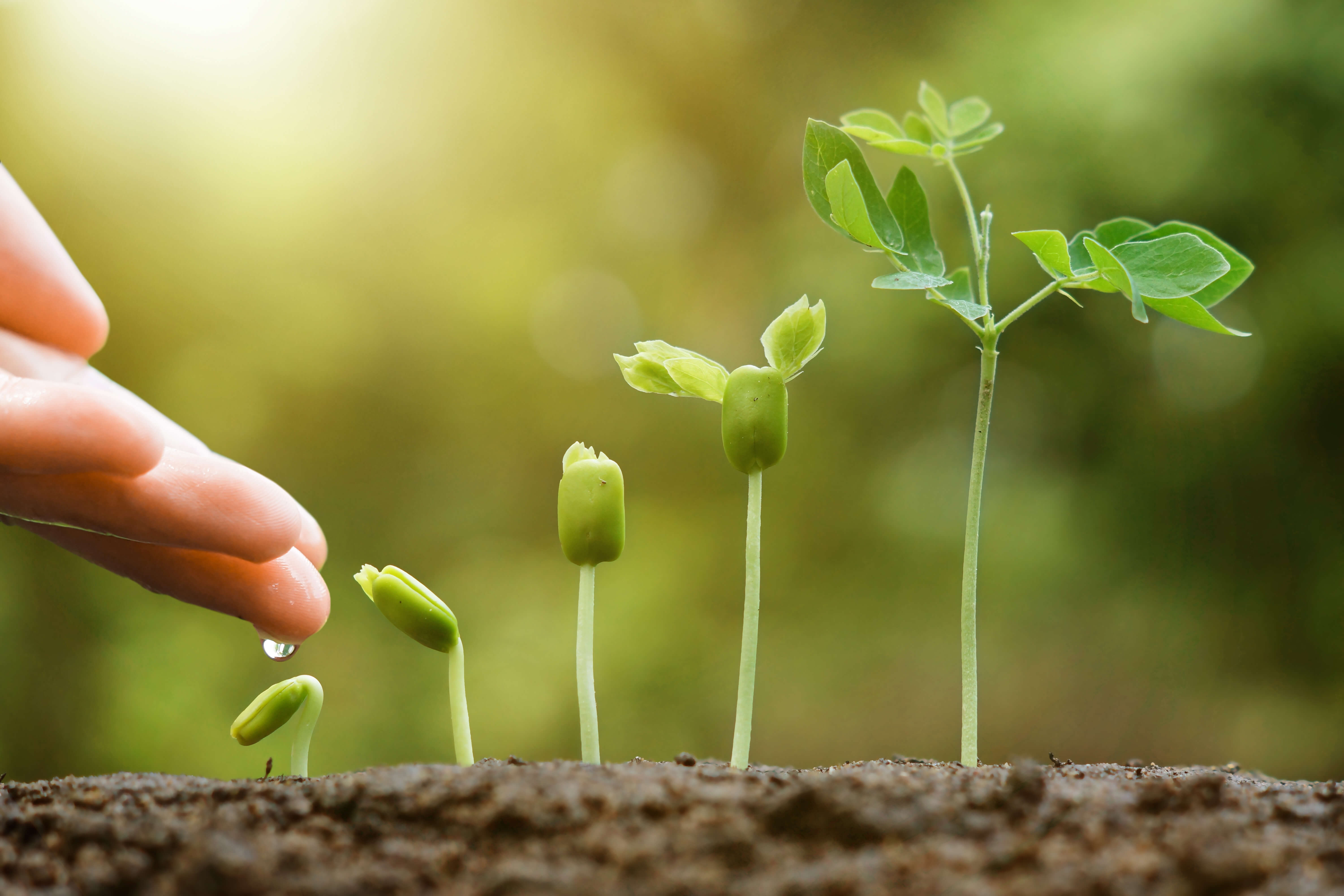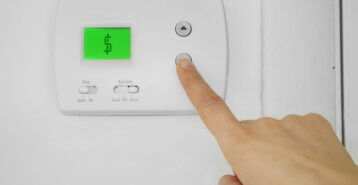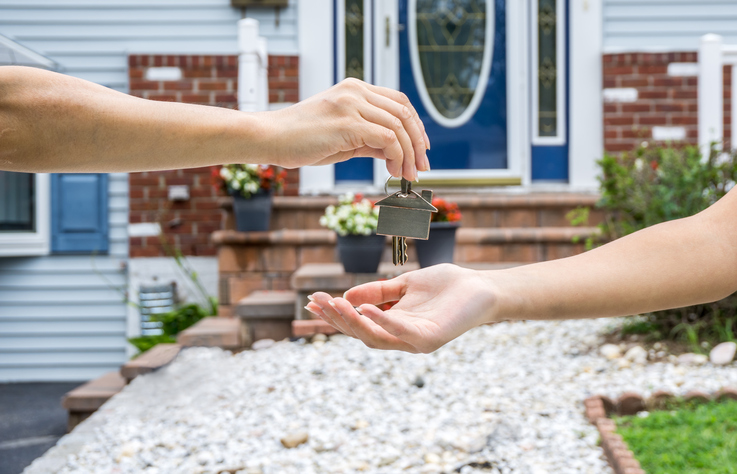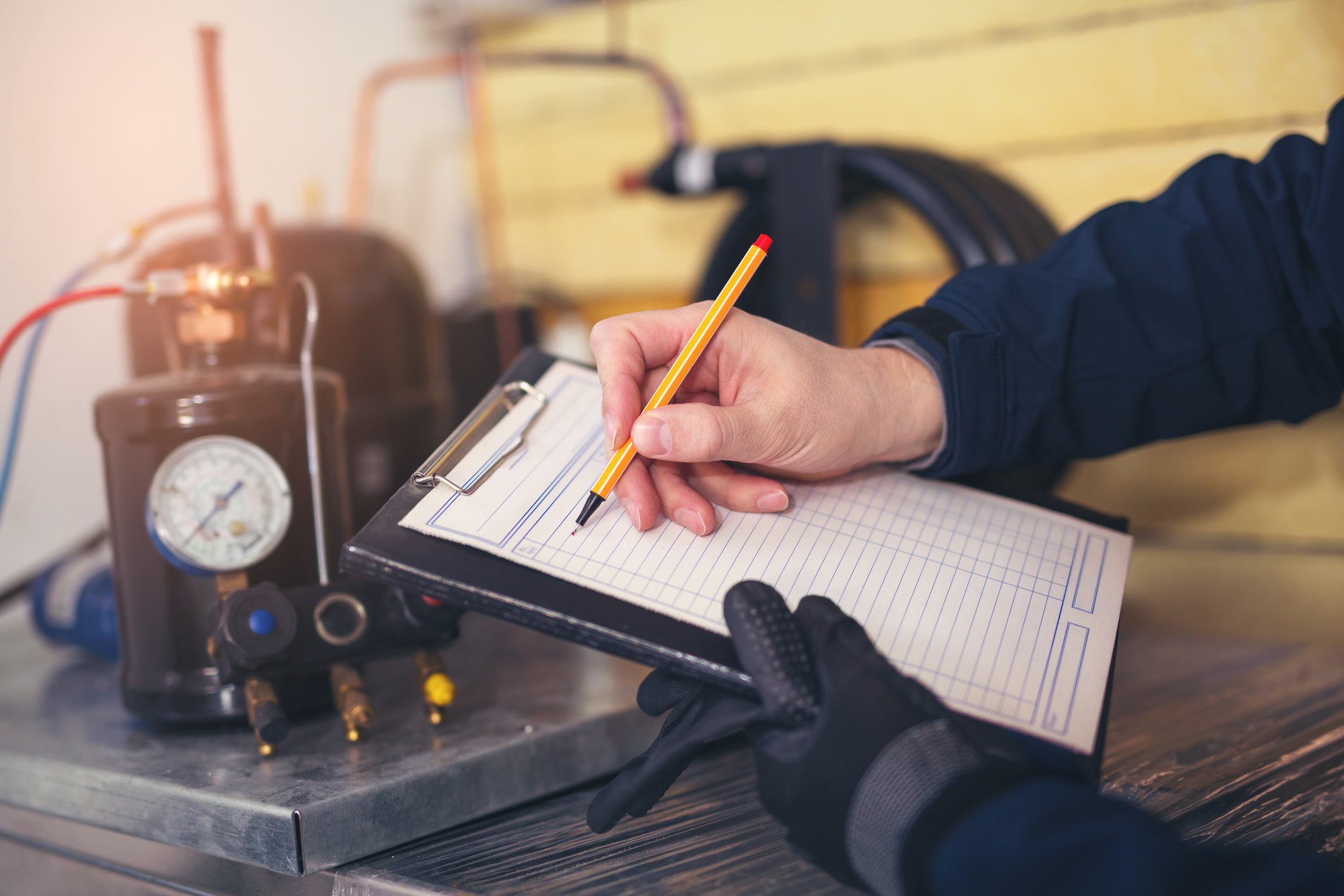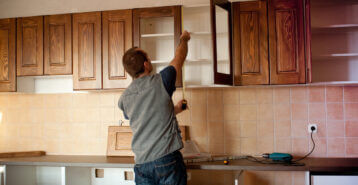Why Sustainability Matters in Your Home
Sustainability is no longer just a lifestyle choice — it’s becoming a necessity. Climate change, rising utility costs, and resource scarcity mean that homeowners have a unique opportunity (and responsibility) to make changes that matter. While some may dismiss eco-friendly upgrades as “luxuries,” the reality is that sustainable homes:
- Save money every month through reduced energy and water bills.
- Hold higher resale value, since eco-conscious buyers are actively looking for greener features.
- Offer better comfort and healthier living, with improved indoor air quality and more consistent temperatures.
- Create long-term resilience, reducing reliance on grid systems and fossil fuels.
In short: these upgrades aren’t just about being “green” — they’re about future-proofing your home, protecting your investment, and leaving a positive impact on the planet.
Professional Sustainable Upgrades
Larger projects often require licensed pros — but they deliver some of the biggest payoffs in sustainability and ROI.
Solar Panels & Battery Storage
Solar panels remain one of the most popular and impactful sustainable upgrades. They convert free sunlight into usable energy, dramatically reducing reliance on grid electricity. Adding battery storage means you can use that energy during peak times or outages.

Regional Considerations:
- Sunny Climates (Southwest, California, Florida): Panels deliver maximum efficiency and faster payback. Many states offer additional rebates and net-metering programs.
- Northeast & Midwest: Even in colder, cloudier regions, solar still works effectively — panels only need daylight, not direct sunlight. Snow can actually reflect sunlight and increase efficiency.
- Hurricane-Prone Areas (Southeast): Look for high-wind-rated panels and ensure professional installation meets local building codes.
- Rural Properties: Pair solar with batteries to reduce dependence on inconsistent grid service.
Suggestions:
- Always check for local incentives beyond the federal solar tax credit. Some utilities offer cash rebates or performance-based credits.
- Consider pairing solar with an electric vehicle (EV) charger, which makes your home’s system more integrated and future-ready.
- If your roof isn’t suitable, explore community solar programs where you buy into a shared solar array.
Energy-Efficient Windows & Doors
Windows and doors are key contributors to heat gain and loss. Modern replacements reduce drafts, regulate indoor temperatures, and even filter UV rays that fade flooring and furniture.
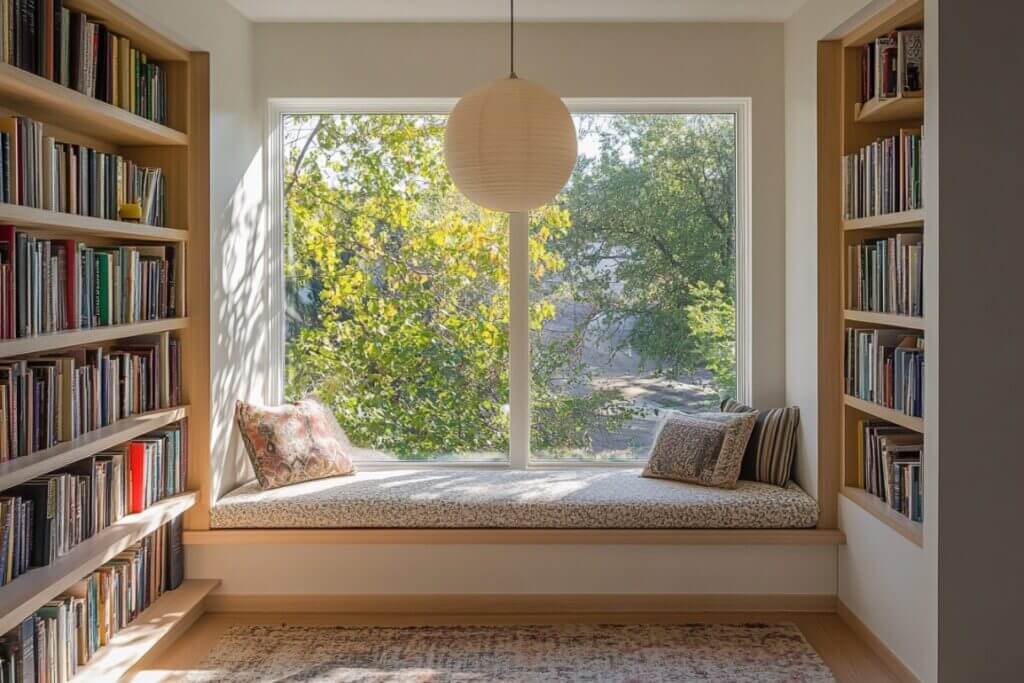
Regional Considerations:
- Cold Climates (Upper Midwest, Northeast): Triple-pane windows with argon gas filling and insulated frames provide the highest efficiency.
- Hot, Sunny Climates (Southwest, Southeast): Low-E coatings reflect solar radiation and reduce cooling costs.
- Storm-Prone Areas: Impact-resistant glass provides both sustainability and safety.
- Historic Homes: Custom storm windows can be added without compromising architectural integrity.
Suggestions:
- Upgrade doors alongside windows; insulated steel or fiberglass doors seal better than older wood frames.
- Choose windows with ENERGY STAR® certification specific to your climate zone.
- Combine with improved insulation for maximum ROI.
Green Roofing & Cool Roof Systems
The roof plays a huge role in home sustainability. Eco-friendly roofing materials reduce heat absorption, last longer, and in some cases, provide added functionality. Green roofing options include:
- Cool roofs, which reflect more sunlight and reduce indoor heat.
- Metal roofs, which are recyclable and can last 50+ years.
- Living roofs, with vegetation that insulates and absorbs rainwater.

These choices help reduce the urban heat island effect while lowering long-term maintenance costs.
Regional Considerations:
- Urban Areas: Green or “living” roofs with vegetation reduce the urban heat island effect and manage stormwater runoff.
- Hot Climates: Cool roofs coated with reflective materials reduce cooling needs by up to 15%.
- Snowy Regions: Metal roofing is ideal because it sheds snow easily, prevents ice dams, and lasts 50+ years.
- Rainy Areas (Pacific Northwest): Living roofs thrive with abundant rainfall, adding insulation and water absorption.
Suggestions:
- Pair cool roofing with attic ventilation upgrades to maximize efficiency.
- Consider recycled-content shingles or clay tiles for sustainability and durability.
- Living roofs are particularly beneficial for flat or low-pitch roofs but require waterproofing and professional maintenance plans.
Geothermal & High-Efficiency HVAC
Heating and cooling typically make up 40% to 50% of household energy use, so upgrading HVAC has one of the largest impacts.
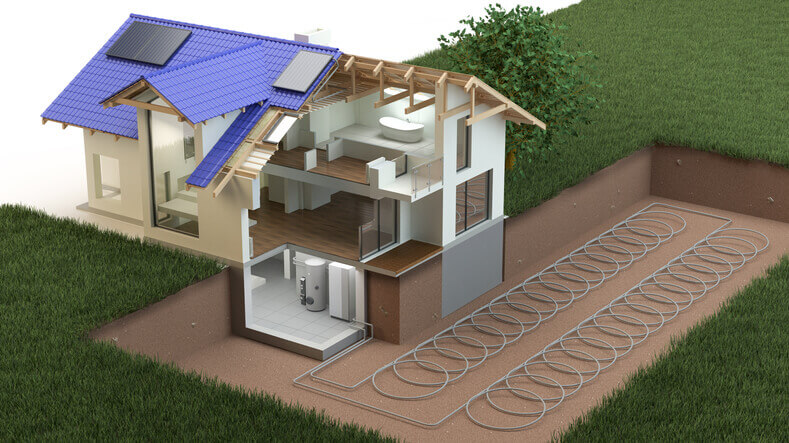
Regional Considerations:
- Cold Climates: Geothermal heat pumps excel at providing consistent warmth through harsh winters.
- Moderate or Mixed Climates: High-efficiency air-source heat pumps work year-round, offering both heating and cooling.
- Dry, Hot Regions: Variable-speed systems provide better humidity control.
- Rural Properties: Geothermal systems require space for ground loops, making them ideal for larger lots.
Suggestions:
- Look into local utility rebates, which can offset upfront costs for geothermal or high-efficiency systems.
- Pair new systems with zoned heating and cooling, which prevents energy waste in unused rooms.
- For budget-conscious homeowners, upgrading to a high-efficiency furnace or central AC unit still offers significant savings.
Sustainable Landscaping
Your yard is more than just curb appeal — it’s a resource management system that can reduce water usage, improve biodiversity, and even regulate your home’s temperature.
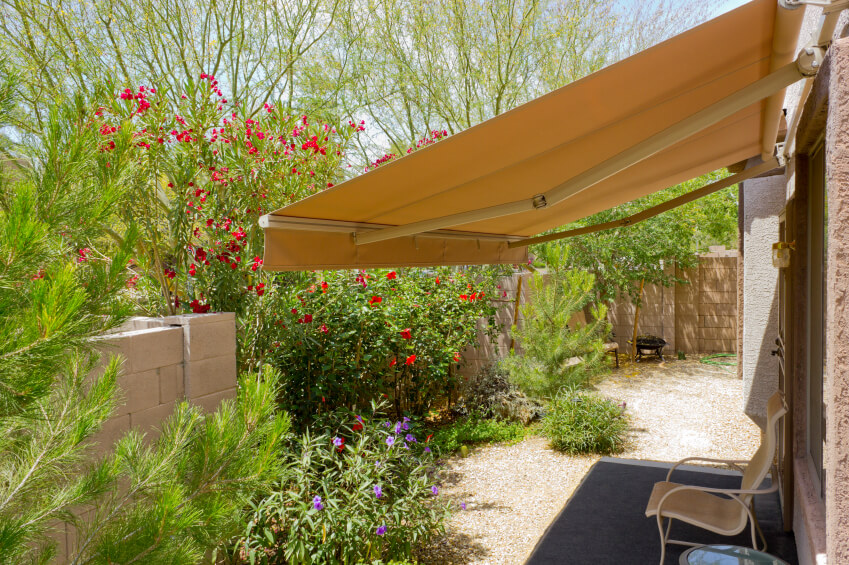
Regional Considerations:
- Drought-Prone Areas (California, Southwest): Xeriscaping with native, drought-tolerant plants or hardscaping saves thousands of gallons of water annually.
- Flood-Prone Regions (Midwest, Gulf Coast): Rain gardens and permeable pavers help manage heavy rainfall and reduce runoff.
- Hot Climates: Shade trees planted strategically lower cooling costs by shading the roof and south-facing windows.
- Cold Regions: Evergreens act as windbreaks, reducing heating costs in winter.
Suggestions:
- Swap traditional lawns for native grasses, which require less mowing and irrigation.
- Install drip irrigation systems to target plant roots directly and minimize waste.
- Consider adding a rainwater harvesting system to collect and reuse stormwater for irrigation.
DIY Sustainable Upgrades
Not every upgrade requires a professional. Many smaller, budget-friendly projects can make your home greener right away — and when combined, they create noticeable savings and comfort improvements.
Smart Thermostats & Power Strips
Energy waste often happens invisibly — when your HVAC runs unnecessarily or when electronics draw “phantom power” while not in use. A smart thermostat adapts to your habits, automatically adjusting heating and cooling to reduce waste. Smart power strips shut off energy-hungry devices when they’re idle. Together, these can shave 10% to 20% off your energy bills while reducing emissions.
How to Get Started
- What You Need: A Wi-Fi–enabled smart thermostat compatible with your HVAC system and one or more smart power strips.
- Installation: Most thermostats are designed for DIY installation in under an hour; just follow the wiring guide included. Power strips are plug-and-play.
- Best Use: Program your thermostat to lower heating or cooling when you’re asleep or away. Plug TVs, gaming consoles, or office equipment into smart strips so they power down automatically.
Weatherstripping & Insulation Patches
Air leaks can account for 25% to 30% of energy loss in a typical home. By sealing gaps around windows, doors, and ducts, you not only keep conditioned air inside but also prevent dust, allergens, and pollutants from sneaking in. This simple weekend project can dramatically improve comfort in older homes.
How to Get Started
- What You Need: Weatherstripping tape, caulk, expanding foam, and a basic caulking gun.
- Installation: Apply adhesive weatherstripping around doors and windows. Use caulk to seal gaps in trim or ductwork. Expanding foam works well for larger holes (e.g., around pipes).
- Best Use: Focus first on the attic hatch, basement, and windows/doors you use most often. Test for leaks by holding your hand near edges on a windy day — if you feel a draft, seal it.
Low-Flow Fixtures
Water conservation is a key part of sustainable living. Low-flow showerheads, faucets, and dual-flush toilets use advanced technology to reduce consumption by up to 30% to 50%, without sacrificing water pressure. Over time, these swaps save thousands of gallons annually.
How to Get Started
- What You Need: WaterSense-certified showerheads, faucet aerators, and dual-flush toilet conversion kits.
- Installation: Unscrew your existing showerhead or faucet aerator and replace with the low-flow version — no tools needed for most models. Toilet kits can be installed in under 30 minutes with simple hand tools.
- Best Use: Install low-flow fixtures in the bathrooms and kitchen you use most. For extra savings, repair dripping faucets or running toilets promptly.
Composting & Waste Reduction
Food waste is a major contributor to greenhouse gas emissions. Starting a compost bin is an easy DIY project that diverts organic waste from landfills while creating nutrient-rich soil for your garden. Even small-scale composting helps lower your household’s carbon footprint.
How to Get Started
- What You Need: A countertop compost pail or sealed outdoor compost bin. For quicker breakdown, consider a tumbler-style bin.
- Setup: Place your bin in a convenient spot near the kitchen or backyard. Collect fruit and vegetable scraps, coffee grounds, eggshells, and yard trimmings. Avoid meat, dairy, and oily foods.
- Best Use: Mix “greens” (food scraps) with “browns” (dry leaves, cardboard, or shredded paper) to balance moisture. Stir or turn compost weekly for faster results.
The ROI of Sustainable Home Upgrades
The financial case for sustainability is strong. Many upgrades generate immediate savings, while others build value over time.
- Solar Panels: Typical lifetime savings of $20,000 to $40,000, plus an average home value boost of 4% or more.
- Energy-Efficient Windows: ROI of 68% to 74% on resale, with energy savings in the meantime.
- Low-Flow Plumbing Fixtures: Recouped cost in just 1 to 2 years through reduced utility bills.
- Insulation Upgrades: One of the fastest payback projects, with many homeowners seeing a return in 2 to 3 years.
- Green Roofs: Longer roof lifespan means lower maintenance and replacement costs over decades.
In addition to personal savings, sustainable homes tend to sell faster and command higher offers, as eco-friendly features become a top buyer priority.
Eco-Aware: Certifications to Know
When planning sustainable upgrades, it helps to understand the certifications and labels that signal genuine eco-friendly performance. These programs ensure that products, homes, and systems meet recognized standards for efficiency, safety, and sustainability.
ENERGY STAR®
- What it is: A government-backed label from the EPA and DOE that identifies appliances, windows, HVAC systems, and more that meet strict energy-efficiency guidelines.
- Why it matters: ENERGY STAR products typically use 10% to 50% less energy than standard models, saving money while reducing emissions.
- Homeowner tip: Look for the blue ENERGY STAR logo when buying appliances, lighting, or windows — it’s a quick way to verify efficiency.
LEED (Leadership in Energy and Environmental Design)
- What it is: A globally recognized certification for buildings that meet sustainability standards in design, construction, and operation.
- Why it matters: Homes with LEED certification can have lower operating costs, higher resale value, and healthier indoor air.
- Homeowner tip: If you’re building new or planning a major renovation, talk to your contractor about incorporating LEED-certified practices or aiming for certification.
WaterSense
- What it is: An EPA program that certifies water-efficient fixtures like showerheads, faucets, and toilets.
- Why it matters: WaterSense products use at least 20% less water than standard models, without sacrificing performance.
- Homeowner tip: Check for the WaterSense label to ensure your plumbing upgrades conserve water and reduce bills.
GreenGuard & GreenGuard Gold
- What it is: Certifications that test for low chemical emissions in building materials, furniture, and finishes.
- Why it matters: Products with this label contribute to better indoor air quality by reducing exposure to VOCs (volatile organic compounds).
- Homeowner tip: Choose GreenGuard-certified paints, flooring, and furnishings if indoor air quality is a top concern.
Passive House Certification
- What it is: A rigorous building standard focused on maximizing insulation, airtightness, and energy efficiency.
- Why it matters: Passive homes can cut heating and cooling energy use by up to 90% compared to conventional buildings.
- Homeowner tip: While full certification is often for new builds, you can borrow principles — like airtight windows and superinsulation — for remodels.
How Sustainability Benefits Everyone
Sustainable upgrades provide more than individual perks — they contribute to global progress. By making your home eco-friendlier, you:
- Cut greenhouse gas emissions, slowing climate change.
- Reduce strain on public utilities, which helps stabilize community energy and water supplies.
- Support healthier indoor air, reducing risks of respiratory issues and allergens.
- Preserve resources for future generations, ensuring your children and grandchildren inherit a livable planet.
When millions of homeowners make small changes, the collective impact is enormous. Sustainability becomes less about sacrifice and more about smart living.
Take Action: Start Where You Are
You don’t need to tackle every project at once. Start small, with easy DIY upgrades, and plan bigger projects as your budget and goals align. The key is forward momentum — every sustainable choice makes your home more comfortable, efficient, and valuable.
Next Steps: Speak with a licensed contractor or eco-specialist to find out which sustainable upgrades are best for your home and region.
